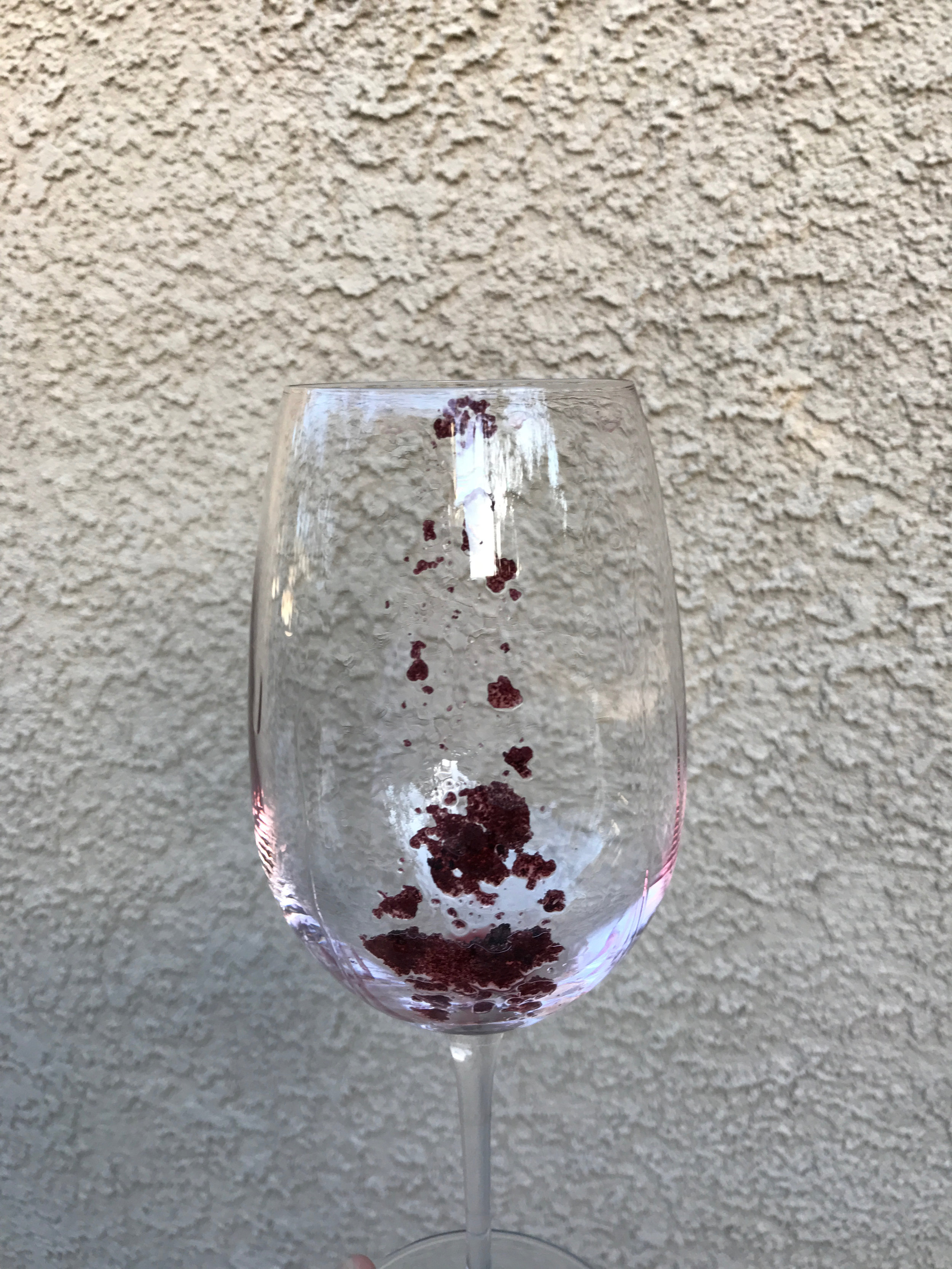2016 Colomé Torrontés ($15)
Colomé is one of the oldest working wineries in Argentina and home to the highest vineyards in the world, some reaching altitudes of 10,000 ft (~3000m) above sea level. The winery, established in 1831, is based in the Calchaqui Valley, in the Salta region of northwestern Argentina. Colomé joined the Hess Family Wine Estates in 2001.
Torrontés has become Argentina's signature white grape and one of the most widely grown. Nearly all the world's Torrontés comes from Argentina.
Salta, on the edge of the Andes, is dry with desert-like conditions. But the significant diurnal temperature shift helps bring out the best in Torrontés.
This 2016 Colomé 100% Torrontés is dry and zesty. It is straw-like in color with aromas of citrus and pear. Dominate flavors include grapefruit and lemon. It's finishes with lingering acidity that is refreshing. There's also a bit of salinity along with a smooth mouth-feel.
Keep your eyes out for this one. It's a wonderfully refreshing wine that is easy to drink on its own, or with light fare.
Disclosure of Wine Sample Submission: I received this wine at no cost for review. The opinions expressed are entirely my own.
Sample Provided by Donna White Communications







